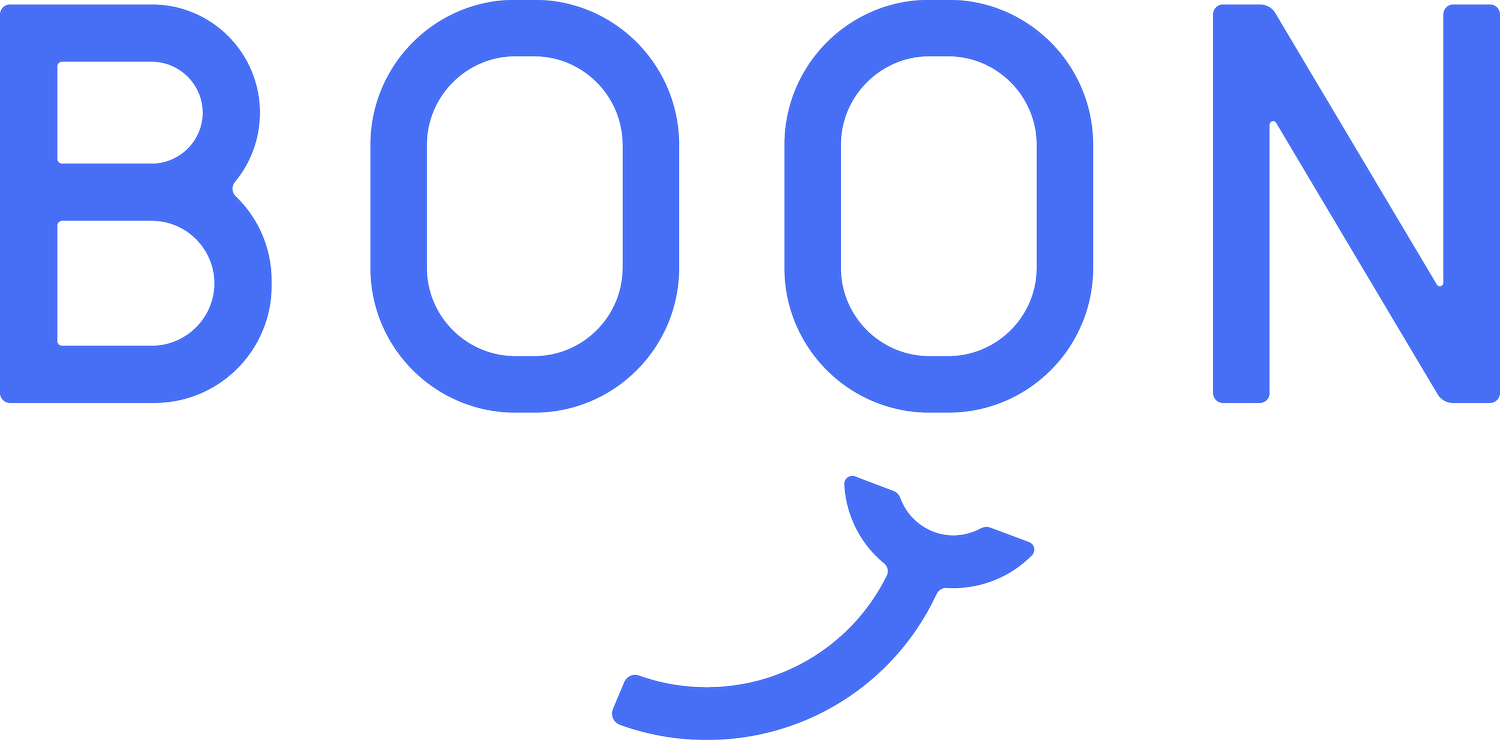3 Key Employee Retention Strategies in 2022
For many employees that have experienced work burnout over the past few years, switching jobs is an appealing prospect. Businesses are struggling to hold on to their current employees as new opportunities emerge for their employees to switch positions or even careers. While many cite the pandemic as the main cause for “the Great Reshuffle,” companies aren’t failing to address the “why” of employee retention, instead devising strategies that fail to meet the needs and expectations of their team.
Perhaps more concerning is that many of these employees are experiencing “job regret”, further fueling the inability to retain employees. According to Joblist’s recent report, 26% of job seekers who quit their previous job have regretted their decision. The impulse to switch careers is steering many Americans down the wrong path.
So why are employees leaving? While money is certainly a strong influence on switching jobs (particularly given the recent bout of inflation) the primary reasons often have little to do with money. Even as reductions in force are happening, keeping your top talent is critical in the current environment. In this blog, we examine why employees are turning tail on their companies, what they need to stick around, and how your business can help.
Employee Retention Strategies in 2022
Skills Development
In a recent Prudential report, 80% of workers polled about leaving their current position cited career advancement as their main concern. People feel stuck in their current roles, especially because they felt trapped in their positions during the initial stage of the pandemic. These workers are ready to turn a new leaf and acquire new skills, which they feel they cannot do at their current job.
Skills development may fall equally as much on the employer as the employee. Are workers taking initiative within their organization to take on more challenging and rewarding work, or are they merely cycling through the motions to get through the day?
At Boon Health, resilience is a key component of our work wellness program. We believe that taking a proactive approach to problems can make employees more satisfied with their work and help push them outside of their comfort zone. Teaching employees to take risks and push their careers can help satisfy the need for developing skills in their profession, and reduce employee turnover.
Employee Benefits
After working at home throughout the beginning of the pandemic, workers have had a moment to reassess what matters most to them. Beyond a paycheck, employees now care significantly more about their benefits package than ever before.
As an employer, giving your workers everything they want can be a difficult task. Not all jobs can be performed remotely, and many have blamed remote work for damaging their corporate culture. Thus, it is best to think about precisely what employees want that you can provide for them.
Consider the most recent additions to our workforce. While salary remains one of the most important deciding factors for a job, Gen Z values salary less than any previous generation. According to a study by Deloitte, this generation is more motivated by work-life balance and personal well-being. This generation also cares about diversity, openness, and varied work. Financial wellness programs and wellness coaching also offer appealing benefits that help further the educational goals of Gen Z workers.
Countless benefits are available to your workforce. Consider the difference between those that are nice to have versus those that are crucial for their long-term goals.
Company Culture
As previously stated, many executives blame remote work for damaging their company culture and making it difficult to find managerial talent. Company culture has been a major priority for many companies, and it is certainly attractive to employees who spend 40 or more hours every week committed to their jobs. But for all of the talk about company culture, there’s not a lot of talk about what that means.
Good company culture is immediately apparent to most people as soon as they enter an office. Does your mission align with your business? What does the hierarchy of your business look like? Are your team members happy with their coworkers?
Communication is the bedrock of a great company, and promoting a culture of openness and collaboration ranks highly among your current and prospective employees.
Employee Retention Strategies Fostered by Professional Wellness Coaching
As many of these employee retention strategies reveal, the responsibility of building a great place to work falls just as much on management as it does on the workers themselves. Professional wellness coaching is not only an attractive benefit for organizations struggling to retain their employees but is also a means to give workers the tools they need to create a job they love working at.
At Boon Health, our professional coaching has proven to reduce employee turnover by up to 40%. By providing a safe space for workers to discuss their issues, they can boost their resilience and find ways to achieve work satisfaction without leaving their job. By prioritizing their well-being, we have found professional wellness coaching to be an optimal solution for the problems of frustrated employees who need change.
